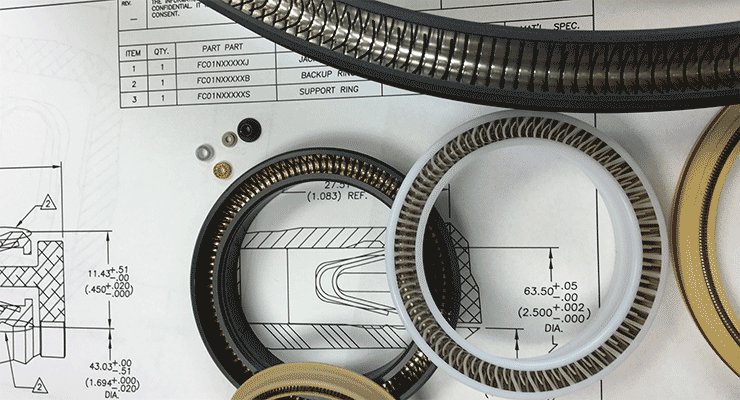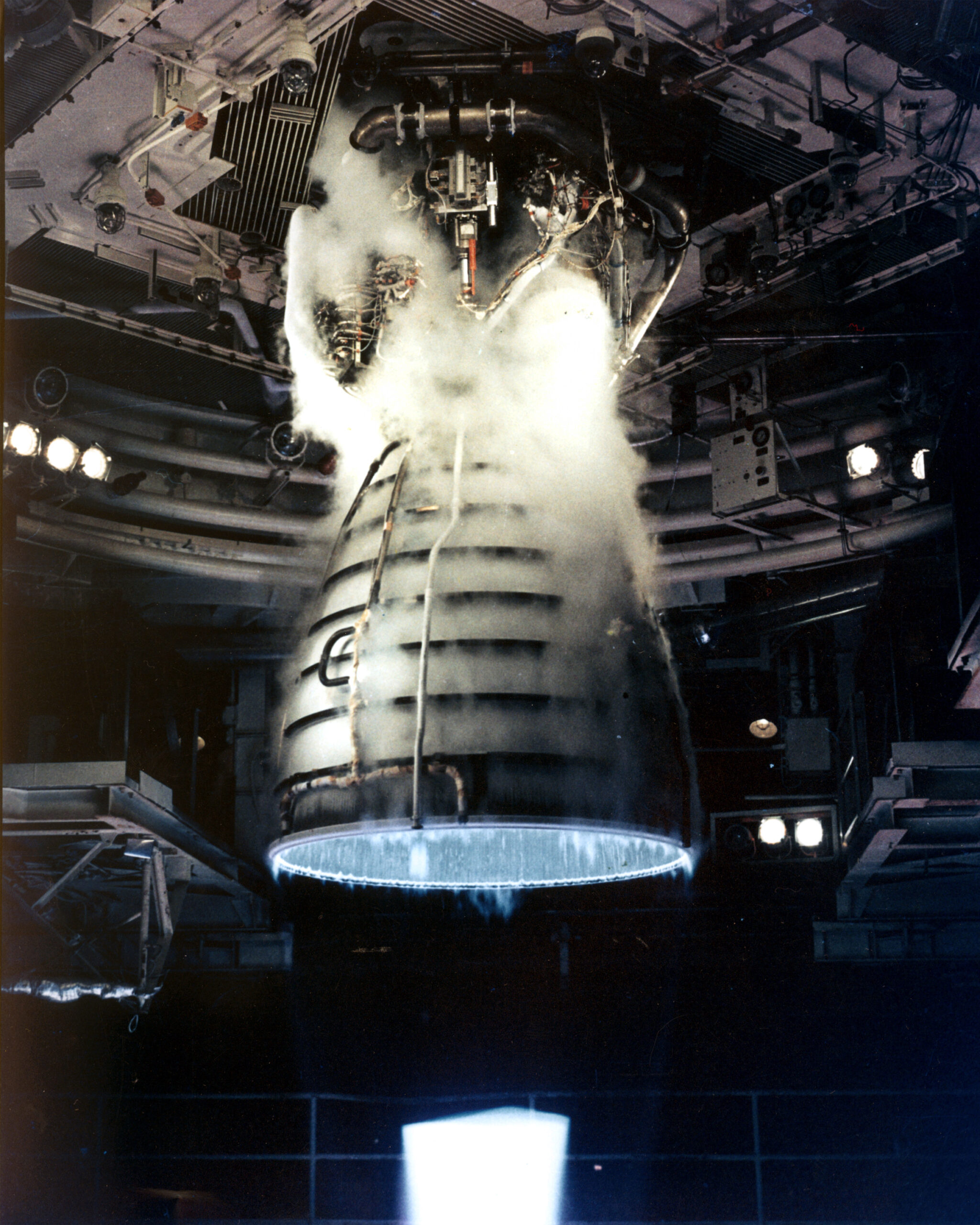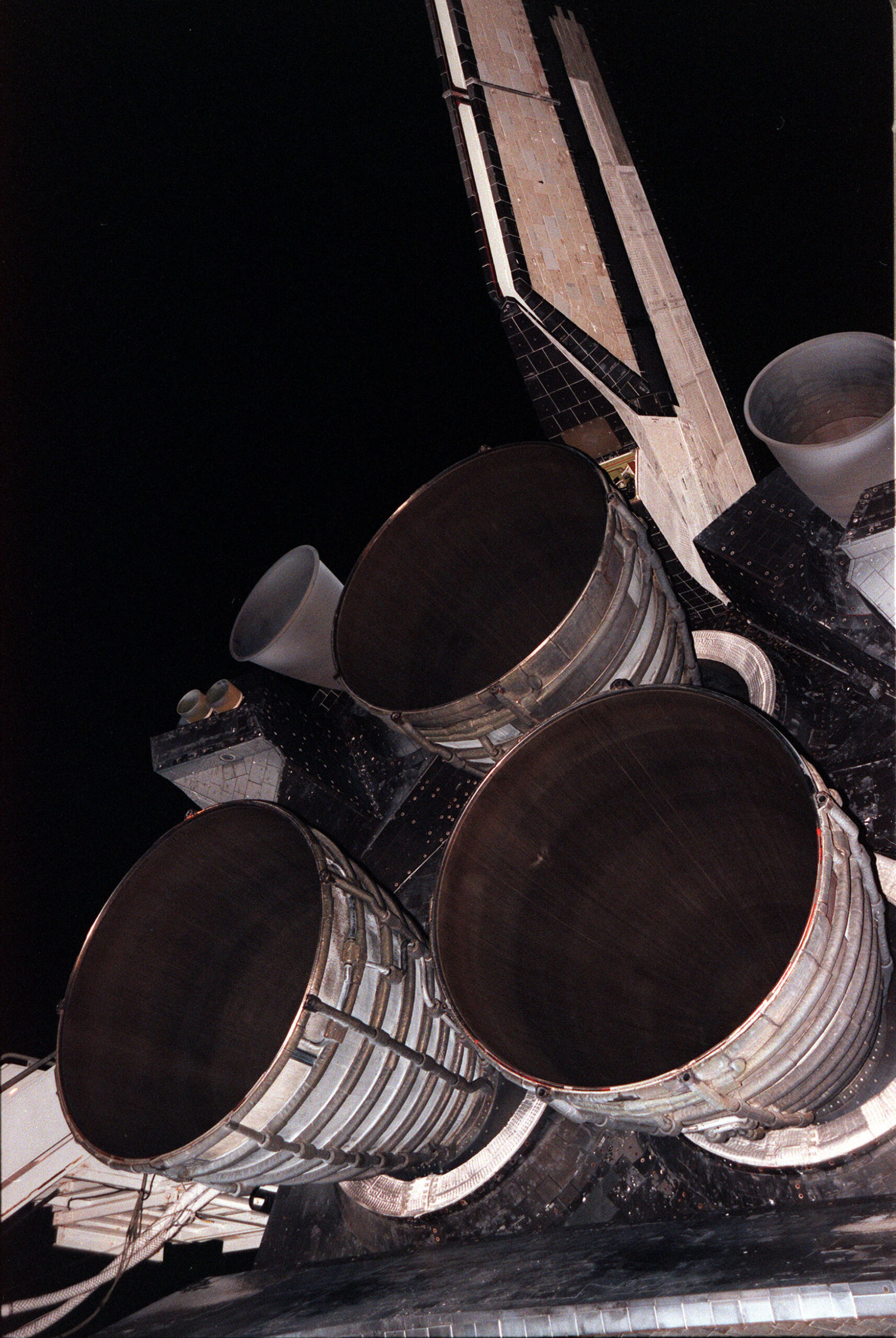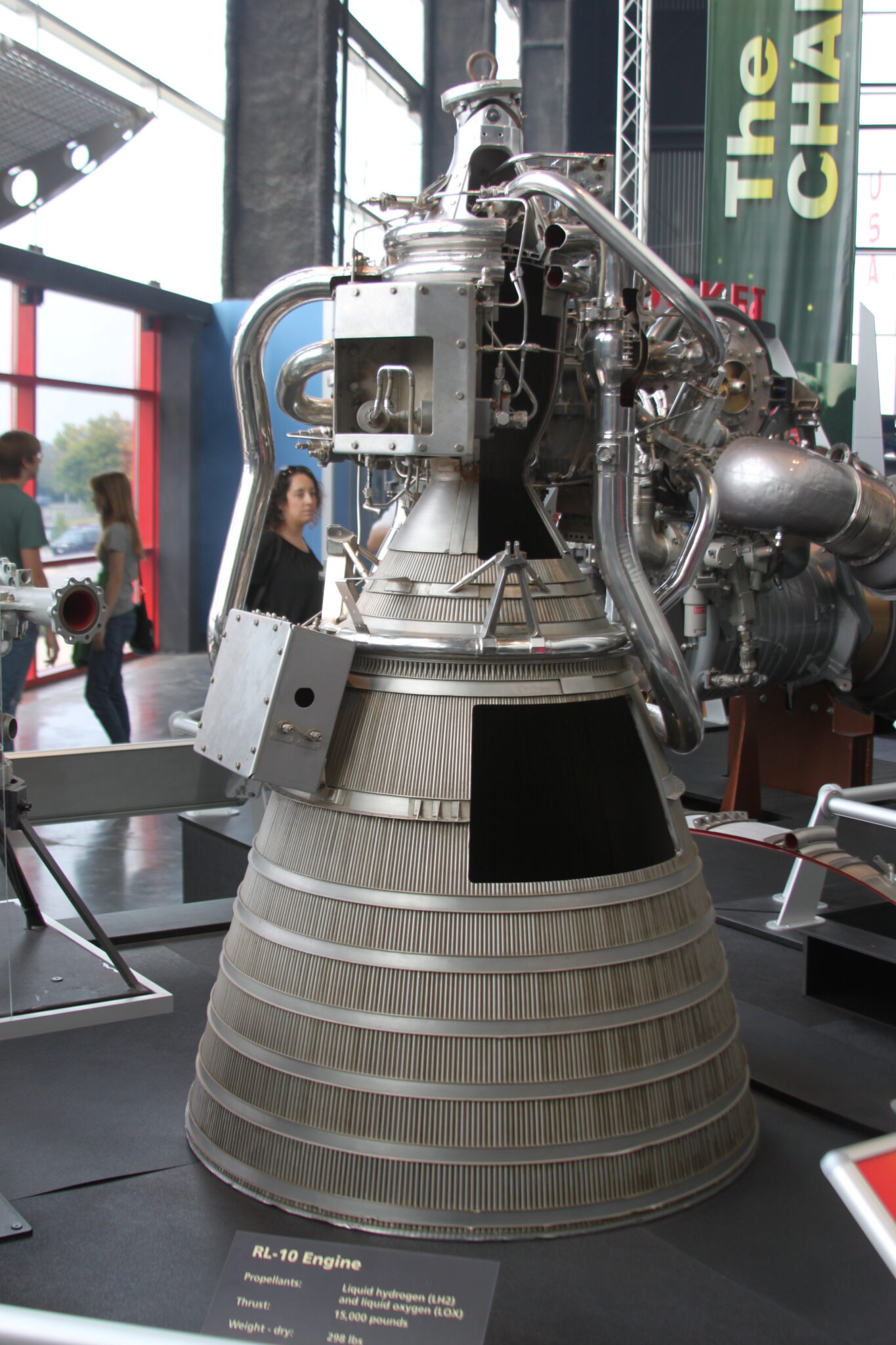Polymer Seals for Reusable Rocket Technology: The Future of Aerospace Sealing Solutions
As space exploration moves towards reusability, rocket technology demands sealing solutions that can withstand extreme conditions while maintaining performance over multiple launches. Advanced EMC Technologies is at the forefront of this revolution, providing cutting-edge polymer seals engineered for reusable rocket engines. With the rise of private spaceflight companies like SpaceX and Blue Origin, the need for advanced sealing solutions is greater than ever.
In this article, we’ll explore how polymer seals are transforming rocket reusability, the key challenges of sealing cryogenic and high-pressure environments, and why Advanced EMC Technologies is a trusted leader in aerospace sealing solutions.
The Role of Polymer Seals in Reusable Rocket Engines

Seals are essential components in rocket engines, preventing fuel leaks, maintaining pressure, and ensuring safety. Unlike traditional single-use rockets, reusable launch systems subject seals to extreme mechanical, thermal, and chemical stresses over multiple flight cycles. To meet these demands, polymer-based seals provide a lightweight yet highly resilient alternative to conventional metallic or elastomeric seals.
Key Applications of Polymer Seals in Rocket Systems
- Cryogenic Fuel Systems – Liquid oxygen (LOX), liquid methane, and liquid hydrogen (LH2) require seals capable of functioning at ultra-low temperatures (-423°F to -260°F) without becoming brittle.
- Turbo Pumps and Valves – High-speed rotating components necessitate low-friction, wear-resistant seals to maximize efficiency and longevity.
- Propellant and Pressurant Lines – Seals must withstand rapid pressure changes and exposure to highly reactive fuels.
- Engine Combustion Chambers – Thermal cycling and exposure to combustion gases require materials with extreme heat resistance.
Challenges of Sealing in Reusable Rocket Technology
Designing seals for reusable rockets presents a set of unique challenges that go beyond conventional aerospace applications. These include:
1. Extreme Temperature Variations
Reusable rocket engines experience rapid thermal cycling, from cryogenic conditions at propellant storage to thousands of degrees Fahrenheit in the combustion chamber. Traditional rubber seals degrade under these conditions, whereas specialized polymers like Fluorolon® 1034 (PTFE reinforced with carbon and graphite) maintain structural integrity across a broad temperature range.
2. Cryogenic Shrinkage and Brittleness
Cryogenic fuels such as liquid oxygen and liquid methane cause conventional materials to shrink and lose flexibility. Fluorolon-ES Encapsulated Helical Spring O-Rings provide resilience at temperatures as low as -420°F, ensuring a leak-proof seal even after repeated thermal cycling.
3. Chemical Compatibility with Rocket Propellants
Rocket fuels like RP-1 (refined kerosene) and LOX are highly reactive, requiring chemically inert materials. Advanced EMC’s polymer seals, including PTFE and PEEK-based compounds, offer superior resistance to oxidation and aggressive chemical exposure.
4. High-Speed and High-Pressure Environments
Turbo pumps in rocket engines operate at extreme speeds (up to 36,000 RPM) and high pressures (over 6,000 psi). Seals used in these systems must exhibit minimal wear and friction. PEEK-based polymer seals have been proven to perform exceptionally well in such conditions.
5. Weight Optimization for Spaceflight
Weight is a critical factor in space missions, as reducing mass directly impacts payload capacity and cost-efficiency. Polymer seals are significantly lighter than metal alternatives while offering equivalent or superior performance.
Advanced EMC Technologies: Pioneering Aerospace Sealing Solutions
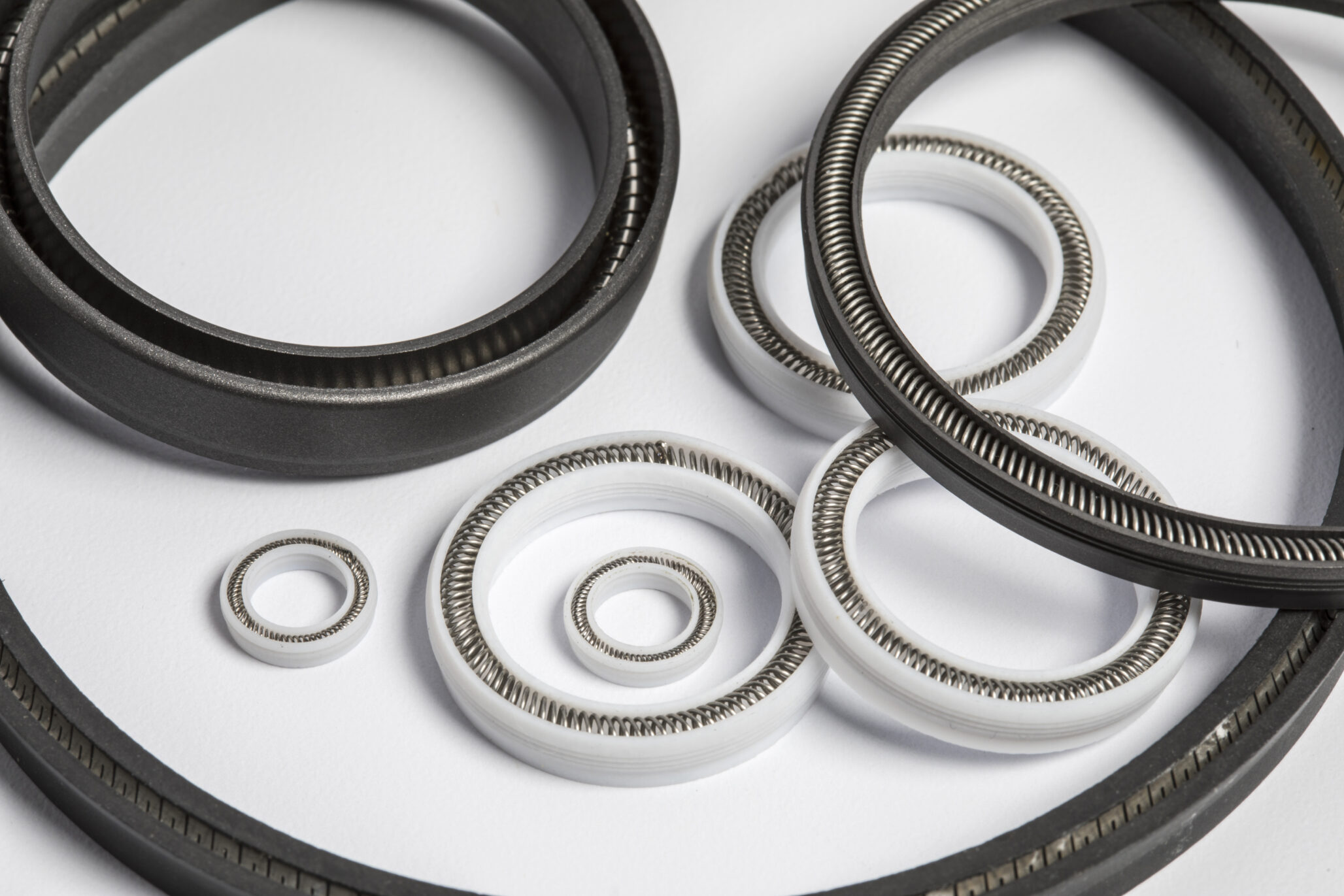
Advanced EMC Technologies has developed a range of polymer-based sealing solutions specifically designed for the aerospace industry. Our expertise in material science and precision manufacturing allows us to create seals that meet the rigorous demands of spaceflight.
Why Choose Advanced EMC’s Polymer Seals for Space Applications?
✅ Superior Material Properties – Our seals are engineered using high-performance materials like PTFE, PEEK, and Fluorolon compounds, ensuring durability and reliability.
✅ Customized Solutions – We tailor sealing solutions to meet specific mission requirements, including unique geometries and specialized coatings.
✅ Proven Aerospace Experience – Our seals are used in space applications, including cryogenic fuel handling, engine components, and pressurant systemsAdvanced EMC Technologi….
✅ Reliability for Reusability – Designed for multiple launch cycles, reducing overall mission costs and increasing system longevity.
As the space industry advances towards full reusability, sealing technology must keep pace. Polymer seals are proving to be an essential component in ensuring the success of next-generation rockets. With Advanced EMC Technologies leading the way, engineers and aerospace companies can rely on state-of-the-art sealing solutions that enhance performance, safety, and efficiency.
Whether you’re developing a new rocket engine or upgrading an existing propulsion system, our team is ready to assist with custom-engineered polymer seals that meet the highest industry standards.
🚀 Contact us today to learn more about our aerospace-grade polymer seals! 🚀
Visit Advanced EMC Technologies for more information.
Choose the Perfect Seal for... Extreme Pressure Conditions Maximum Reliability Cost-Effective Solutions Long-Lasting Performance
Ready to Upgrade Your Sealing Solutions?
If you’re looking to improve the reliability and longevity of your high-pressure sealing systems, contact us today to learn more about how our metal C-rings can solve your most demanding sealing challenges. Our experts are ready to help you choose the perfect sealing solution for your specific needs.


